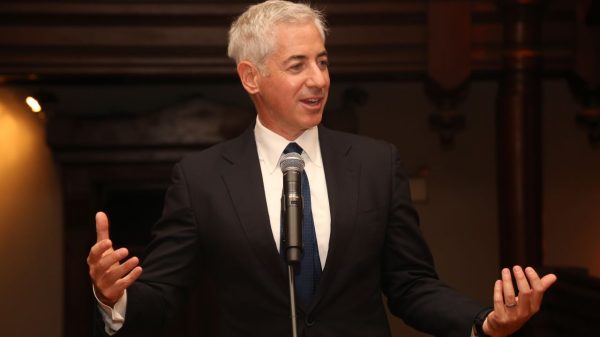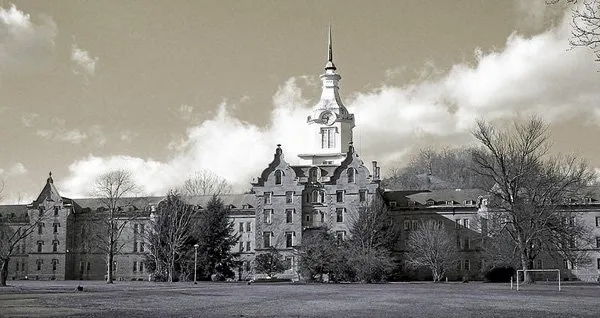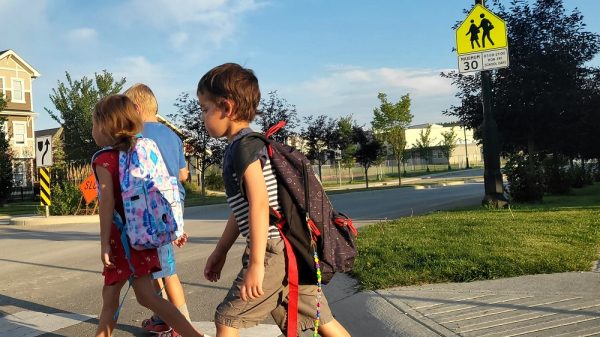
For some time now, news people have been trying to figure out if the Denver mayor’s House1000 plan is some kind of numbers game.
Turns out, it kind of was. Denverite shined a light in a story about how the mayor’s office was counting people brought into shelter (not housing, which implies permanency). It did not include how many later exited shelter or to where. The piece led to the mayor’s office creating major changes to the online homeless dashboard. The dashboard shows that just under 600 people have been housed as part of House1000.
I have been curious about a policy at Salvation Army New Directions that encourages residents to leave after 90 days. This policy recently was revealed by Housekeys Action Network Denver and the homeless people it serves. The first number I checked on the new and improved dashboard was to see how many people remain housed under House1000. It gives the number of those housed for at least 30 days. The total is 89%.
Where do people go after shelter?
For the majority of those exiting shelter, the reason given is “unknown” at 13% according to the dashboard. One person died, and four went to jail.
If the policy is going to be a hard and fast 90-day maximum stay, then the city better start moving people from non-congregant shelters (hotels, micro-communities) into permanent housing (with plumbing and a lease). So far, the dashboard shows that 129 have moved into leased housing, five have gone to “other permanent housing” and 37 have been “reunified” but it does not say whether the reunifications lasted.
If these homeless hotels and micro-communities limit stays to 90 days for guests, then House1000 will come off like more empty promises to the unhoused community. They are used to being helped temporarily but ultimately having to return to the street without permanent supportive housing.
Giving someone shelter for 90 days is not enough time for them to obtain a job in many cases. Others suffer from severe mental illness or substance abuse. Just getting through 90 days is a challenge.
The Salvation Army and the mayor’s office did not respond to email requests for comment by the author of this article.
Reverse 90-day limit
I can tell you that people living on the street will greatly appreciate the 90 days of shelter, but it will be just another program that fails to find a permanent fix if guests are limited to 90 days. I hope this policy is changed immediately, as the congregant shelters don’t have limits on lengths of stay (at least not the ones that don’t require programs) and non-congregant shelters shouldn’t either. It’s hard for a person experiencing homelessness to get excited about the future if they know they may be homeless again in 90 days.
Getting people experiencing homelessness into permanent supportive housing, like I enjoy, truly is the only way to end homelessness for some people. You can’t expect whatever problems that led to homelessness will resolve themselves in 90 days. It took me 48 years before I became homeless. Getting me to where I am functioning today has taken being housed with wrapround mental health services for more than five years at Fusion Studios, a Colorado Coalition for the Homeless property.
Even under the best of circumstances, most homeless people should not be expected to crawl out of homelessness in 90 days, even rent free. I pay 30% of my income for rent. The problems of people experiencing homelessness are chronic and run deep. Many people experiencing homelessness suffer from disabilities that make it difficult to communicate, let alone hold down a job. Just getting through the day is a huge challenge when you are homeless.
To give people experiencing homelessness a future, we must give them hope. Ninety days isn’t much hope when you’re homeless. We have seen where time limits on migrant sheltering has led us – to more migrants, entire families, living on the streets. Migrant families are only allowed up to 37 days in the city’s migrant shelters.
It’s a policy that so far appears to have failed miserably in terms of the number of migrants visible on roadside encampments and parks. And isn’t that what House1000 is all about? Putting homelessness behind walls in controlled atmospheres?
That’s what it looks like.






































